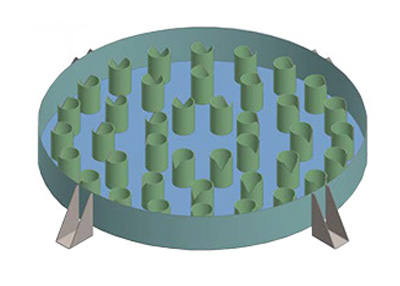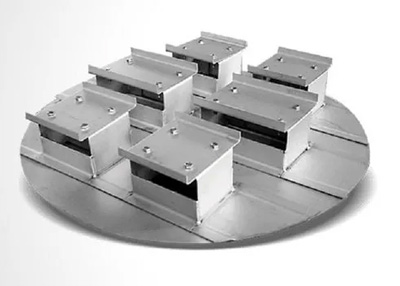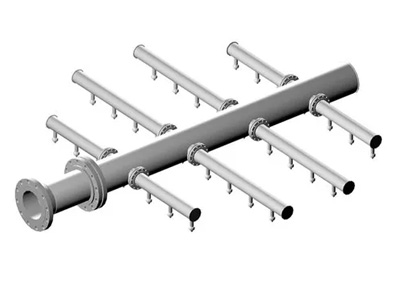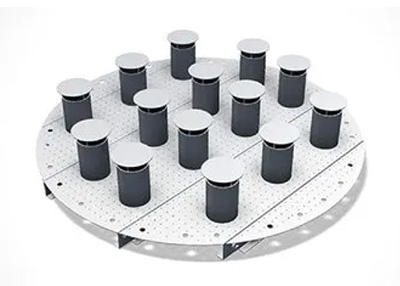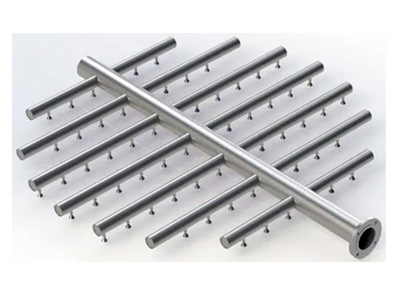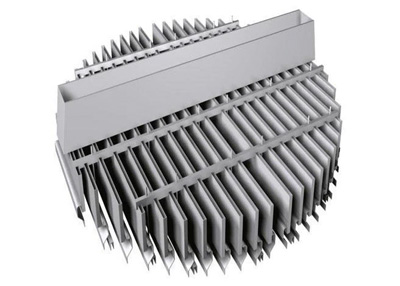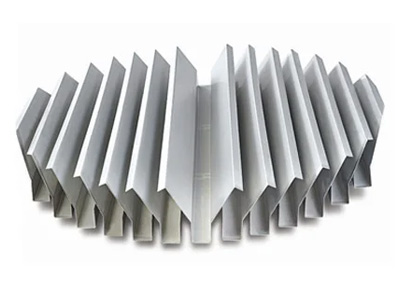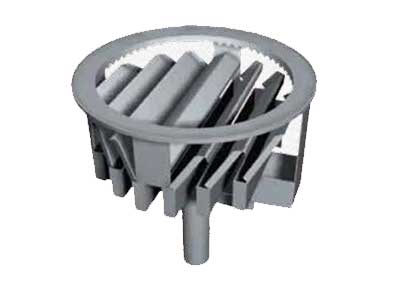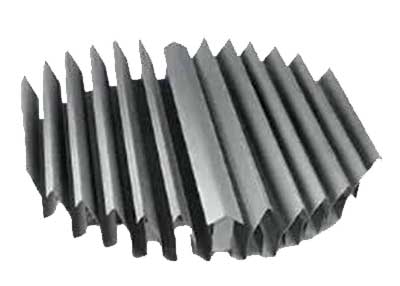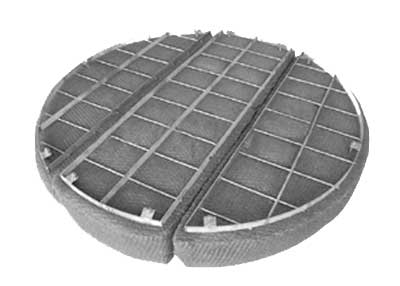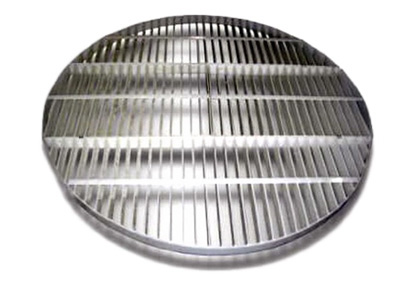Distillation Column Internals
Ambani Metals stands at the forefront as a leading manufacturer and supplier of column internals, renowned for their ease of installation, anti-corrosive properties, sturdy construction, user-friendly design, and rigid body. Our column internals offer unparalleled performance and longevity, making them ideal for diverse industrial applications worldwide. Crafted from premium materials resistant to corrosion, our column internals ensure reliability even in harsh operating environments. With a focus on user convenience, our internals are designed for straightforward installation and hassle-free operation, minimizing downtime and maximizing productivity. The robust construction of our column internals guarantees stability and durability, providing long-term solutions that exceed expectations. At Ambani Metals, we are committed to delivering excellence, offering customizable distillation solutions tailored to meet the needs of our clients. With our global presence and reputation for quality, Ambani Metals remains the preferred choice for industries seeking superior column internals solutions.
Column internals serve as the devices responsible for interaction and separation within industrial columns. These columns rely on a diverse range of components, such as distillation column trays and packing, to fulfill their functions. They find extensive application across industries like biofuel, energy, gas processing, petrochemicals, refining, wastewater treatment, water wells, and more.
In every column setup, packings can achieve peak performance only when paired with suitably engineered tower distributors, collectors and other column internal components to ensure optimal distribution of liquid and vapor throughout the packed beds.
With extensive expertise in the design and construction of high-performance column internals, we are well-equipped to provide you with the optimal combination of internals tailored to your specific application. Our team has honed its skills in developing column internals that excel in efficiency and reliability. Whether you require column trays, packings, distributors, collectors, or other components, we leverage our wealth of experience to deliver solutions that meet your exact needs. Trust in our proven track record and commitment to excellence to enhance the performance of your column systems and achieve superior results.
Types of Distillation Column Internals
Global Export of Column Internals
At Ambani Metals, we specialize in the manufacture and global export of high-performance column internals designed to enhance the efficiency and reliability of distillation, absorption, and extraction processes. Whether you're operating a refinery, chemical plant, pharmaceutical facility, or specialty separation system, our precision-engineered internals deliver superior mass transfer, mechanical strength, and operational flexibility.
Ambani Metals proudly exports its column internals to critical industries in over 40 countries, including:
- Middle East: Bahrain, Egypt, Israel, Jordan, Kuwait, Lebanon, Oman, Qatar, Saudi Arabia, and the United Arab Emirates
- Africa: Morocco, Tunisia, Ghana, Nigeria, Senegal, Kenya, Mauritius, Rwanda, Tanzania, Uganda, Zambia, Botswana, Eswatini, Lesotho, Namibia, and South Africa
- Europe: Germany, United Kingdom, France, Italy, Netherlands, Spain, Belgium, Poland, Czech Republic, Sweden, Denmark, Finland, Portugal, Hungary, Slovakia, Slovenia, Romania, and Austria
- Asia: Japan, South Korea, Singapore, Malaysia, Vietnam, Indonesia, Thailand, Philippines, Bangladesh, Sri Lanka, and Nepal
- Pan-Pacific Countries: United States, Canada, Mexico, Brazil, Chile, Colombia, Peru, Panama, Australia, and New Zealand
Each component is custom-fabricated to meet international design codes and tailored to suit column size, process parameters, and media characteristics.
FAQs
Column internals are components or structures installed inside distillation, absorption, or stripping columns to enhance their performance in separating or purifying chemical components.
Common types of column internals include trays, packing materials (random or structured), liquid distributors, vapor distributors, demister pads, and mist eliminators.
Column internals serve several purposes, including facilitating mass transfer between vapor and liquid phases, providing surface area for contact, promoting even distribution of fluids, preventing channeling or bypassing, and ensuring efficient separation or purification of chemical components.
The design and selection of column internals significantly impact the efficiency, capacity, and reliability of separation processes. Properly chosen internals can improve mass transfer rates, reduce pressure drops, minimize liquid holdup, enhance tray or packing efficiency, and optimize column operation.
Factors to consider include the properties of the fluid mixture being processed, the desired separation efficiency, column diameter and height, operating pressure and temperature, corrosion resistance, fouling tendencies, maintenance requirements, and cost considerations.
Trays consist of horizontal perforated plates or decks installed at intervals within the column, while packing consists of structured or random arrangements of materials stacked vertically. Trays offer higher efficiency at high liquid loads and tend to have lower pressure drops, while packing provides higher efficiency at low liquid loads and offers greater flexibility in column design.
Demister pads and mist eliminators are installed to remove liquid droplets or mist from vapor streams. They typically consist of mesh-like materials that intercept and capture liquid droplets, allowing clean vapor to pass through while preventing liquid carryover. This helps maintain product purity, protect downstream equipment, and comply with environmental regulations.
Yes, column internals can be customized to meet the specific requirements of different applications. This may involve selecting materials with appropriate corrosion resistance, designing trays or packing configurations tailored to the separation process, or incorporating specialized features to address unique challenges.

